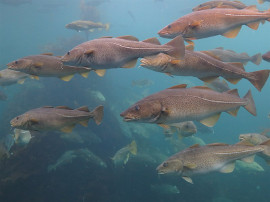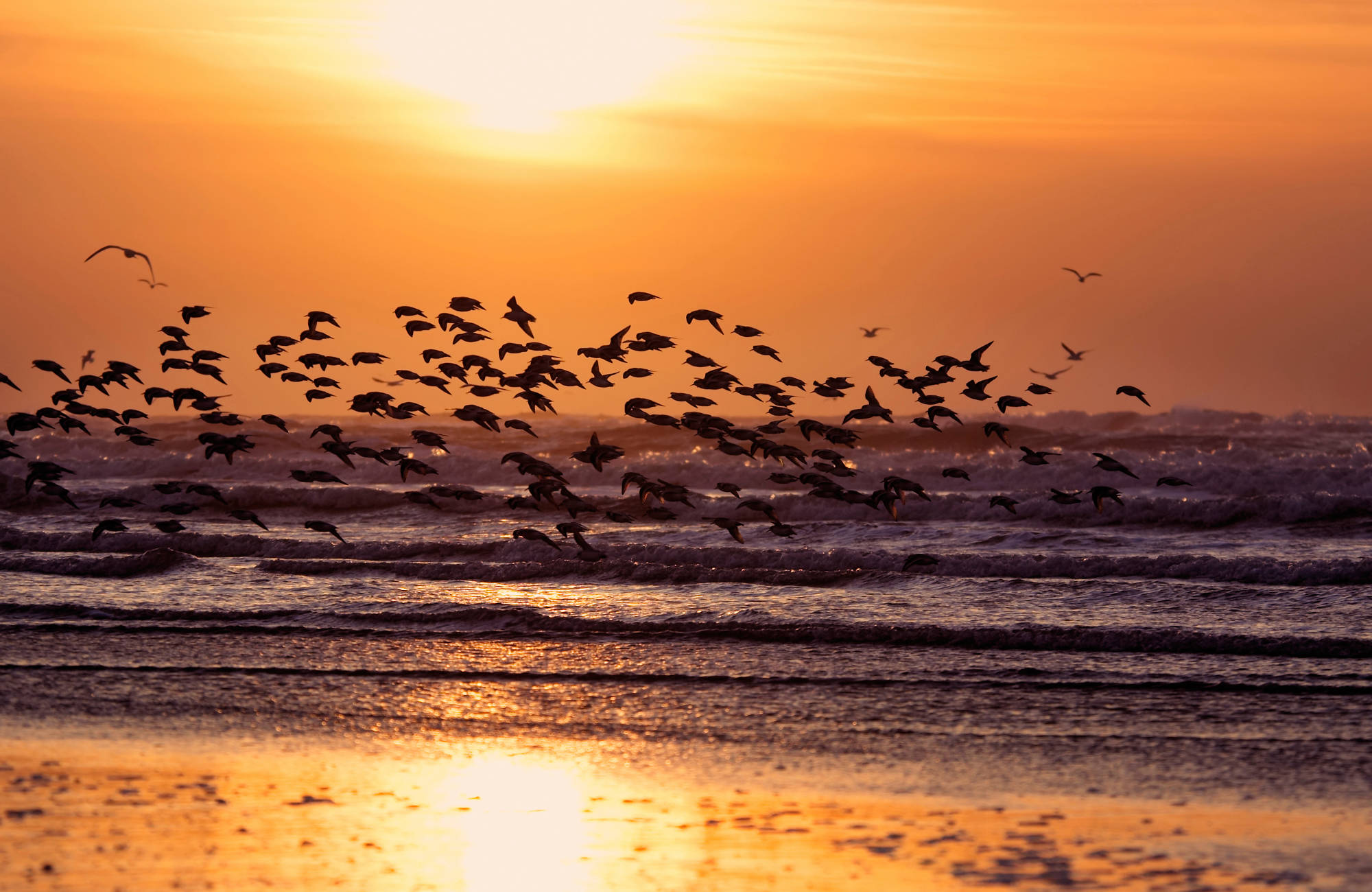Declining productivity of cod stocks

Productivity is a central determinant of population dynamics with consequences for population viability, resilience to exploitation, and extinction. In fish, the strength of a cohort is typically established during early life stages. Traditional approaches to measuring productivity do not allow for interannual variation in the maximum reproductive rate, a parameter governing population productivity. Allowing such process variation provides the ability to track dynamic changes instead of assuming a static productivity regime. Here we develop and evaluate a multivariate stock–recruitment state-space model to simultaneously estimate time-varying stock productivity and synchronicity of dynamics across populations. We apply the method to North Atlantic cod (Gadus morhua) populations, showing that the productivity of early life stages has varied markedly over time, with many populations at historically low productivity. Trends in productivity were similar in some adjacent populations but less regionally coherent than previously thought, particularly in the Northwest Atlantic. Latitudinal variation in the Northeast Atlantic suggests a differential response to environmental change. We conclude that time-varying productivity provides a useful framework that integrates across many dimensions of environmental change affecting early life history dynamics.







